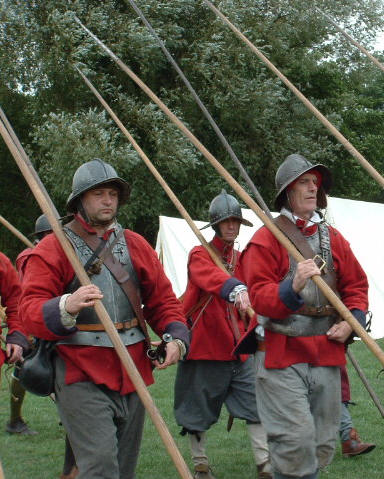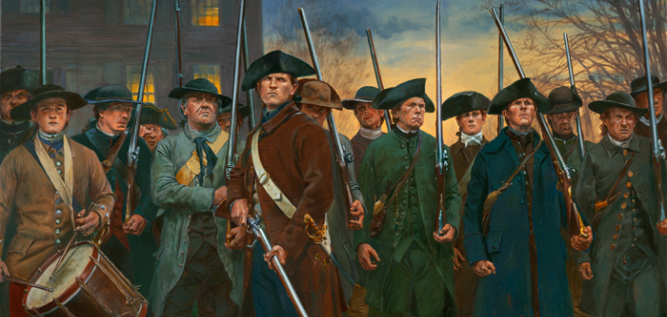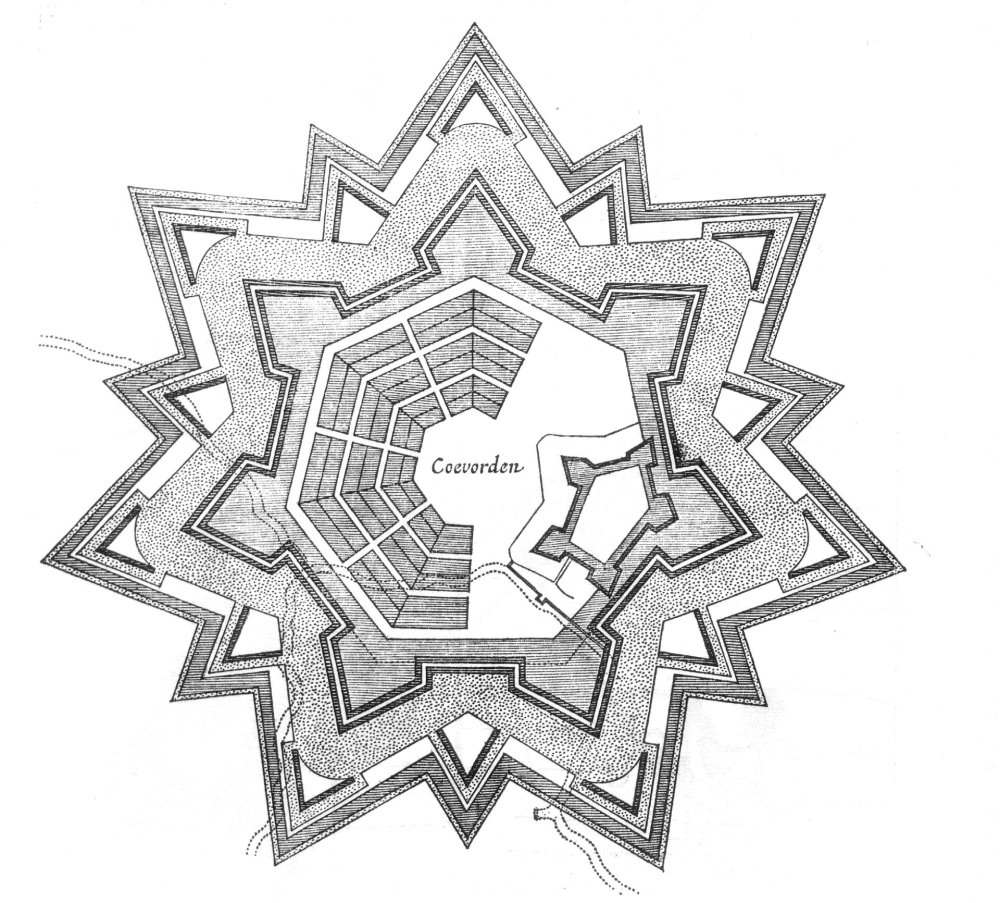The Nation Sheet:
Name: Galadon
Realm:
Location within Realm:
Species: Human
Species Traits:
Specialty:
Brief Overview: A coastal theocracy, where knightly orders hold power instead of a king or queen. Galadon is largely forested and mountainous, with only a thin strip of coast available.
Government type: The Galadonian government is an electorial theocracy. A number of knightly orders, largely those who’ve based themselves around a god of Galadon, acting as political ‘parties’. A Knight-Regent, who acts as king of the country, is elected once the old one dies, with the Grandmasters of the various orders as candidates. The election is determined by a group of electors, five from every knightly order with a Grandmaster as candidate. The electors are selected by the other knightly orders, each order selecting five electors, a single one from each order, from within the other five. If there is ever a tie between the candidates, trial by combat is enforced, and the victor is then declared the new Knight-Regent. If there is ever a tie between three or more people, a tournament is held to decide the victor.
Military: The center of the Galadonian military are its knights. Elite and heavy infantry and cavalry, their enchanted armors and weapons giving them great power and utility. Light infantrymen, such as spearmen, and archers can be drawn from the guards and militiamen across the nation’s cities and villages, and in times of great need, drafted from the citizens and serfs. Knights are always trained in several types of weaponry, depending on the order they belong to, and are all always trained to be competent cavalrymen as well. Listed here are the six knightly orders with enough political clout to have their Grandmaster considered as a candidate for Knight-Regent.
Order of the Storm: A knightly order with extremely close ties to Dreas and his church. They specialize in mobility, the majority of their knights consisting of cavalrymen. Their arms and armor are generally reinforced with mobility in mind, and imbue a knight’s attack with lightning, which they are capable to ‘throwing’ as well. Certain relics are capable of granting its wearer the ability of flight. These knights are known to wander quite a bit, and when the image of a knight-errant is brought up, knights from the Order of the Storm generally come to mind first.
Order of the Hound: This order bears close ties to the goddess Eret, focusing on her aspect of the hunt. Knights of the Hound prefer much lighter armor than their usual counterparts, and their armor is usually reinforced to grant them silence when moving, and other similar enhancements. A favorite pastime of theirs is hunting, and they are excellent trackers and sharpshooters, making them excellent scouts and guerilla fighters. They also employ the use of warhounds to aid them in combat or in tracking down their target, whether it be animal or man. This order recruits heavily from the lower classes, those who are willing to get themselves dirty, and know the lands of Galadon. Relics of this order can even grant true invisibility.
Order of the Forge: This order bears close ties to Taist, and the craftsmen who worship him. They recruit heavily from craftsmen, and as such, they make most of what they need, knights working to craft their own armors and weapons, and their arms and armor are often of high quality. The Order of the Forge specializes in heavy infantry and prefer more defensive tactics, and their armor is often reinforced with an affinity for the earth, allowing them to shake the ground with their steps. This reinforcement is very minor on its own, but in numbers the Order of the Forge can make is seem as if the earth was tearing itself apart. Their weapons are often reinforced with fire, and a flaming blade is often a symbol of the order. Relics of this order can cover the wearer in fire hot enough to soften, and sometimes melt, metal while leaving the wearer unharmed.
Order of the Crypt: This order bears close ties to Stuathan, and is often met with caution. They specialize in shock tactics, and hide behind a veil of mysticism to aid in this. It can be hard to tell where the act begins, and the true rituals dedicated to Stuathan ends, even for a member of the order. They are relatively small in number and have a roughly equal number of infantrymen and cavalrymen all of whom wear the order’s well known blackened armor. It is said that all members of the order have a guardian soul watching over them, and they often recruit from those who have suffered from great tragedies. Their armor is reinforced to give a regenerative property, making it seem as if the knights of this order can fight even having been given grave wounds. Their weapons have an aura of pestilence, and survivors of their attacks often suffer from infections and other diseases after the battle is over. Relics allow their weapons to phase through and ignore armor, and enemy attacks to simply phase through them.
Order of the Whirlpool: A order of knights with Eranu as their patron goddess. They serve as marines and sailors aboard Galadonian ships, fighting off, and doing initiating boarding actions. They are proficient at battling on land, but masters of fighting on the open seas. Their armor is enchanted to be lighter, and if the armor itself is light enough, can even be used to to help them float in water, and give them limited underwater breathing. Their weapons draw upon the water around them, and they are able to manipulate and freeze it. Their relics allow them manipulate the very oceans themselves, letting them create whirlpools, or even use their powers in a dry desert.
Order of the Vigilant: Unlike the other knightly orders, the Order of the Vigilant, sometimes simply called the Vigil, has no patron god. They are small in number, even smaller than the Order of the Crypt, and not the most popular order either. The only reason they are one of the six major orders was their role in personally striking down the pretender king hundreds of years ago. The knights of the Vigil do not draw power from the gods for their reinforcement, and must instead rely on their own power. They do not have the specialized reinforcements that the other orders have, lacking a patron god, but they may still reinforce their weapons, making swords sharper and stronger, and making armor more capable of taking blows. One advantage they hold over the other orders, though, is the ability to reinforce themselves. They can make themselves stronger, faster, and tougher, and do not need to rely on weapons or armor for these enhancements.
Economy: Galadon produces a lot of lumber, ores, food, and other such raw materials, much more than they could use, and they are also a rather large weapons producer. As such, much of the spare is traded to other countries, either through the mountain passes in the north to Polis and other countries beyond, or across the sea to Vendici. The basic currency is a kind of coinage called templars, divided into bronze, silver and gold coins.
Religion: The Galadonian religion revolves around a pantheon of five gods; Dreas, god of the skies, Eret, goddess of the earth and its bounties, Taist, god of the forge, Stuathan, god of death, and Eranu, goddess of the ocean. Together as a whole, the pantheon is called the Pantokrator.
Dreas: Dreas is the god of the sky, the most common aspect of his that is shown being that of freedom. Dreas is often represented as a traveller, and many of his myths and legends involve him on a journey of some kind. Dreas is also seen as a flighty, and often irresponsible god.
Eret: As goddess of the earth, Eret has many aspects and responsibilities. She is the goddess of the birth and marriage, of nature, and of the hunt as well. She is most often represented as a caretaker, either of the home, or the fields of a farm.
Taist: God of the forge, Taist is the patron of all skilled craftsmen, not just those who work with metals. Taist is known to have an affinity for fire, and it is said that the sun is of his own creation. Soldiers also often pray to Taist to ask that their armor protect them well, and their weapons to not fail them.
Stuathan: God of death, Stuathan is said to live in a completely separate plane of existence from the other gods, where he tends to the souls of the dead. Those who live a good and just life are rewarded, and those who have committed crimes are punished. Sinners, however, have a chance at redeeming themselves. Myths often speak of times when a damned soul is given a chance to redeem itself by coming back from Stuathan’s realm to work as a kind of guardian angel for someone, generally a hero in a legend.
Eranu: Eranu is the goddess of the oceans and rivers, and is often seen as cold and cruel, sometimes even more so than Stuathan is. She receives most, if not all, her prayers from sailors and the like, though she receives a few from farmers in the hopes of preventing draught.
Society: Galadonian society is extremely similar to the feudal societies of the real world. Farmers and serfs are at the bottom of the social ladder, with craftsman and merchants coming next, and then lords and nobles, though lords and nobles in this case are replaced by high ranking knights. One large difference between Galadonian society and a regular feudal society is the ability to move up in the social ladder. A serf is not constrained to always be a serf, as knightly orders are universal recruiters, accepting all from the most educated man, to the lowliest dirt farmer. Each order has its own restrictions and tests for enlistment however, and this often means that various orders are often predominantly made up of people from a certain social class.
Knighthood is often considered one of the highest honors one can receive, and are almost universally looked up to within Galadon, being seen as protectors of the people. This arose from the fact that, hundreds of years ago, Galadon was embroiled in a terrible civil war. The last king of Galadon was being usurped by his pretender half-brother who rode in with an army of mercenaries behind him, and was killed in battle. All was thought lost when the knights, ever loyal to the old king stepped forth to fight and kill the pretender, and a Knight-Regent was crowned to take care of Galadon until a new king, rightfully decreed by the Pantokrator, came forth to guide Galadon. Or, at least, that’s how the legend goes.
There are two distinct ethnicities within Galadon, the Vergilians who dominate the coast and the northern mountain valleys, and the Ostrians, who reside more inland, towards the forests, flatlands, and mountains, where the capital city, Highhaven. This has led to the Vergilians controlling much of the trade and wealth of Galadon, with the Ostrians holding most of the political power. While the majority of their traditions and cultures have assimilated into one, they still hold several differences, such as differences in regional dialects. The Vergilians are known to be much more individualistic compared to the Ostrians, dealing more with merchants and coin, rather than the Ostrian’s politics, where things such as loyalty and familial bonds hold power.
Ideology: As a country run by knights, ideals such as chivalry and honor are considered paramount, and are the signs of a good and honest man. Disloyalty and cowardice are considered to be in extremely bad character.
Magical capability: The kingdom of Galadon holds the ability to reinforce a concept or ideal. They may reinforce a blade’s concept of cutting without breaking to make make it sharper and stronger. A person can even reinforce themselves in order to make themselves stronger or faster. This, however, takes a great deal of stamina to do, and multiple enhancements can easily make a man tired. Reinforcing yourself, however, makes you numb to the fatigue of self-reliance, and while it is extremely dangerous to do so, is still done today. To solve these issues, reinforcers have taken on patron gods or goddesses, drawing on their power to reinforce an item. This comes at a tradeoff, however. In return for ease of use, reinforcers can only reinforce items with the ideals and concepts of their patron god, and have also lost the ability to reinforce themselves, as they’ve taken on the ideals of another, rather than their own. Most reinforcement is temporary, and wears off as soon as the reinforcer stops focusing on it, but certain powerful reinforcers can leave permanent effects on weapons. These are often stronger reinforcements than what a regular reinforcer can do, and usually hold some other enhanced ability. These kinds of weapons and armor are considered holy relics to the knightly orders of Galadon, and reinforcers who can do this kind of magic are highly prized, and few and far between.
Not everyone can be a reinforcer. It takes a certain kind of natural talent, and some take to it easier than others, but practice and study can help balance this. Practicing reinforcing is obvious, but studying is a little more vague. Studying reinforcement means studying the ideals and concepts of what you are trying to reinforce. This generally means a lot of poring over religious texts and meditation for most knightly orders. There are different ways to understand an ideal or concept, and this often leads to slightly differing effects when it comes to reinforcing. A better understanding of the item you are reinforcing also helps greatly, and many knights are often at least somewhat knowledgeable on the basics of how to craft and make their preferred weapons and armor.
Weaker reinforcers, however, are capable of pooling together their powers in order to replicate effects of a more powerful one, allowing for permanent reinforcements, though they are incapable of producing what a truly powerful reinforcer could. There is a tradition among knightly orders for knights, upon reaching the proper rank, to have their armor and weapons reinforced in a ceremony, the knight in question is allowed to be one of the ones reinforcing as well if he has the talent.


